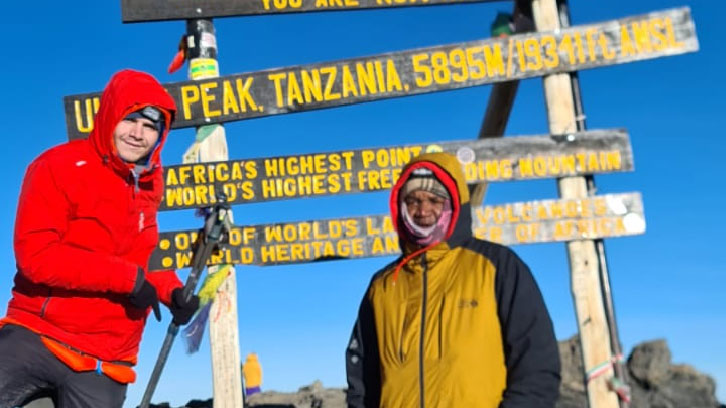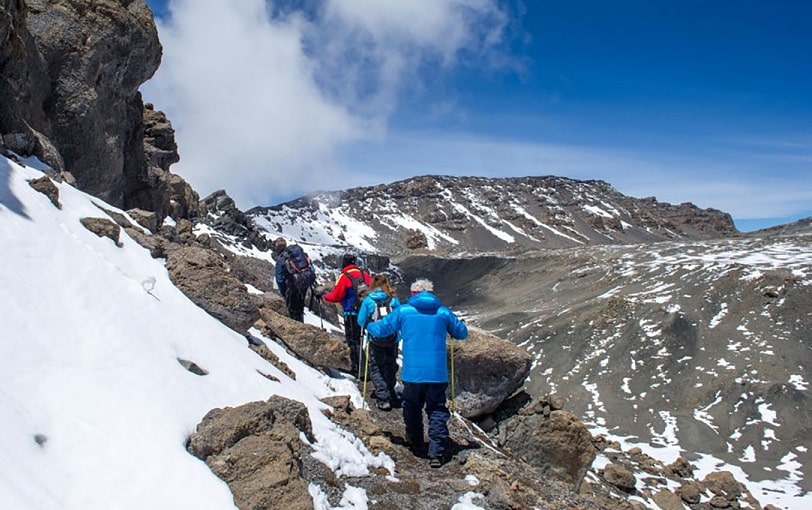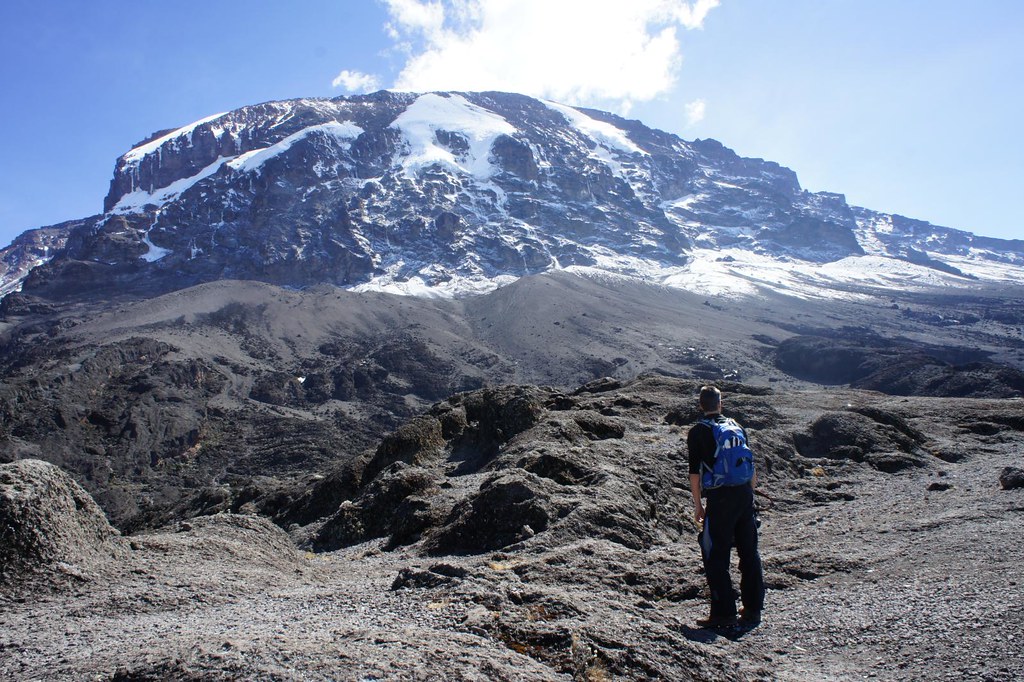Climbing Mount Kilimanjaro
About Mount Kilimanjaro
Mount Kilimanjaro was an active volcano in its younger days and is the world’s largest freestanding mountain. This means it is not part of a mountain range, but seems to ‘grow’ from the surrounding plains into a snow-capped peak.
Which route should you choose
for your Kilimanjaro climb?
What You Need to Know Before You Go
When is the best time to climb it?
Late December to early March and mid-June to late October are the best times for a Kilimanjaro climb. This is when the Kilimanjaro weather is nearly ideal. Although other months have rain, it doesn’t mean there are constant heavy showers. Typically, rains begin in the latter half of the day. This allows trekkers a significant window of clear weather every day during the rainy season. There are also days without any rain.
How much does it cost to climb Kilimanjaro?
As of 2025, a comfortable and safe 7-day group climb costs about $2500. A shorter 5-6-day adventure or a season-discounted trip comes at $2300-2500. This amount includes the park entrance fees, which make up about 35% of the total trip cost. Any trekking companies offering below this amount should warrant caution.
Low prices always correlate with the mistreatment of porters. The crews of budget operators are often underpaid and poorly fed, putting their and hikers’ safety at risk.
What are the dangers of climbing Kilimanjaro?
The biggest risk on Kilimanjaro is acute mountain sickness caused by poor acclimatization. In severe cases, it can lead to cerebral or pulmonary edema, both life-threatening conditions that cause about ten deaths per year on the mountain.
Fortunately, MyGlobal Team is easy to prevent. Choose a seven-day or longer itinerary, stay hydrated, and walk slowly to allow proper altitude adaptation. Guide expertise is crucial — choose an operator whose Kilimanjaro guides are certified Wilderness First Responders, trained to handle emergencies and evacuations.




